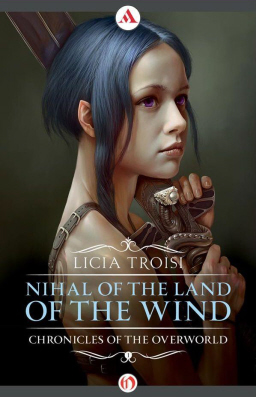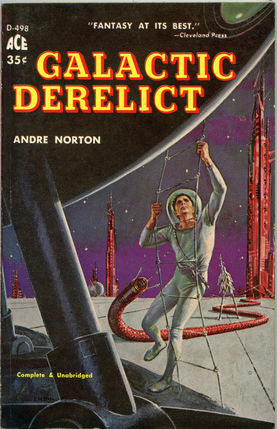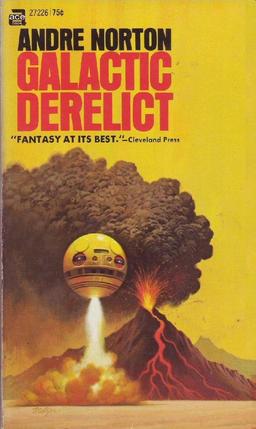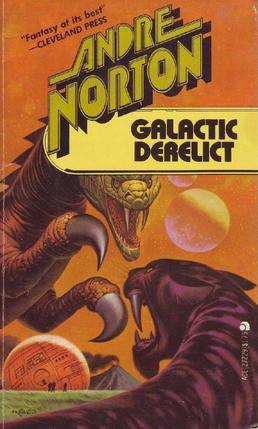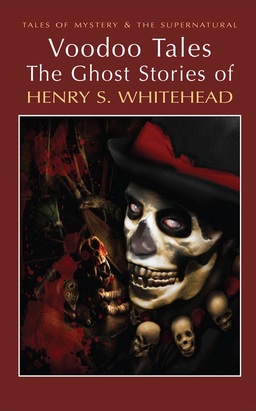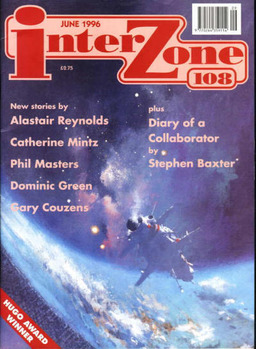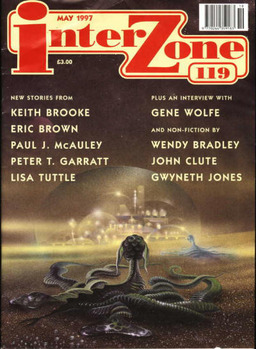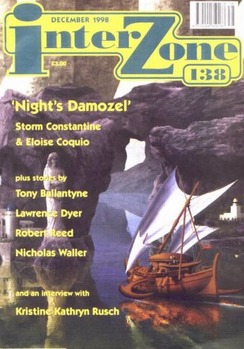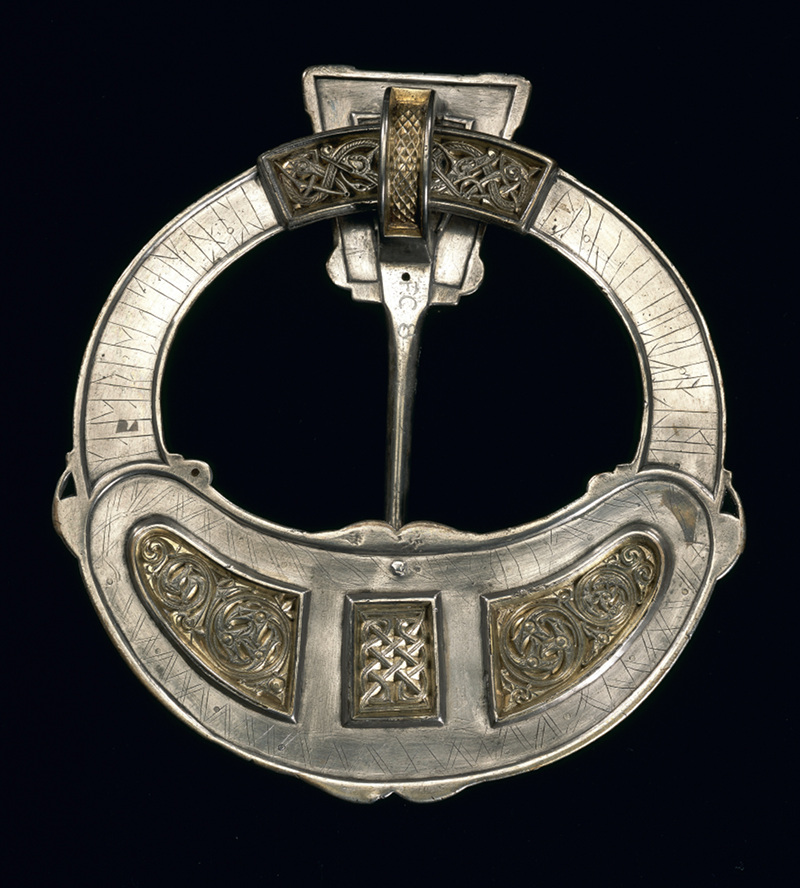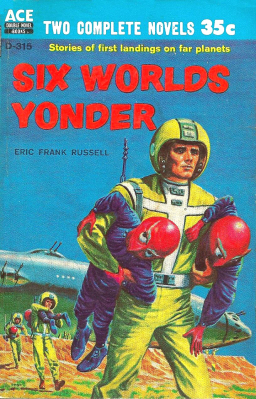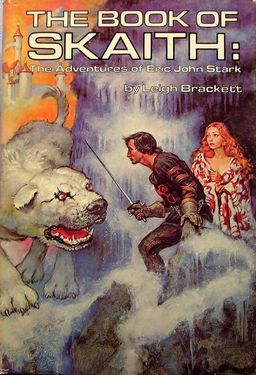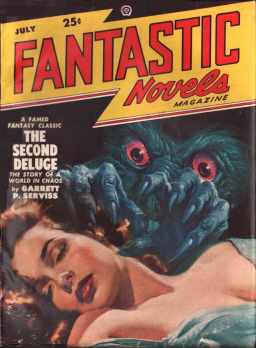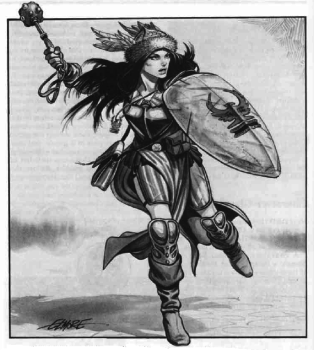Doctor Strange Gets a Director
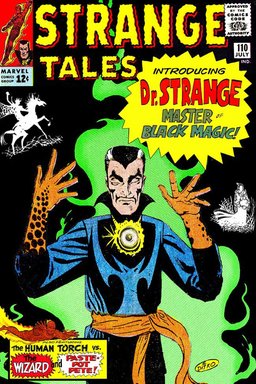 I’ve been getting cranky waiting for progress on Marvel’s Doctor Strange movie, and as the wait has stretched out, I’ve been getting progressively more pessimistic (see my March post, Hurry Up With That Doctor Strange Movie, Marvel.)
I’ve been getting cranky waiting for progress on Marvel’s Doctor Strange movie, and as the wait has stretched out, I’ve been getting progressively more pessimistic (see my March post, Hurry Up With That Doctor Strange Movie, Marvel.)
The property has enormous potential to be something completely original in the superhero genre — namely a faithful rendition of Steve Ditko’s playful (and totally bonkers) inter-dimensional setting, which is what first blew away so many readers of Doctor Strange in the 1960s. A hero whose adventures routinely took him to gorgeous, bizarre, imaginative, and frequently monster-filled realms where normal concepts of space and distance were useless was something totally new, and readers thrilled to it — and it took Ditko’s unique genius to really make it work.
However, Marvel Studios took a huge step forward this week, announcing that they had selected a director for the film: Scott Derrickson, writer/director of the terrific little horror film Sinister, perhaps the best horror flick of 2012. Derrickson has an impressive resume as a writer/director, including The Exorcism of Emily Rose (2005) and the upcoming Deliver Us from Evil (July 2014). He was also the director of the 2008 remake of The Day the Earth Stood Still.
If you’re getting a strong horror vibe off Derrickson’s resume, you’re not alone. Matt D. Wilson at Comics Alliance did a fine job of articulating my own feelings on the announcement yesterday:
Seriously, though, that’s pretty interesting, considering that Doctor Strange has never been what I’d call a horror character, despite his many dealings with supernatural forces, demons, dark magic, and so forth. But his stories have always tended to be more fantastical, while other Marvel characters, such as Son of Satan, Werewolf By Night, and, you know, Dracula, have tended to be more horror-focused. The decision perhaps suggests a tone that won’t necessarily please Doctor Strange fans, but may be very palatable to general movie audiences, who made the low-budget Sinister a surprise hit back in 2012.
